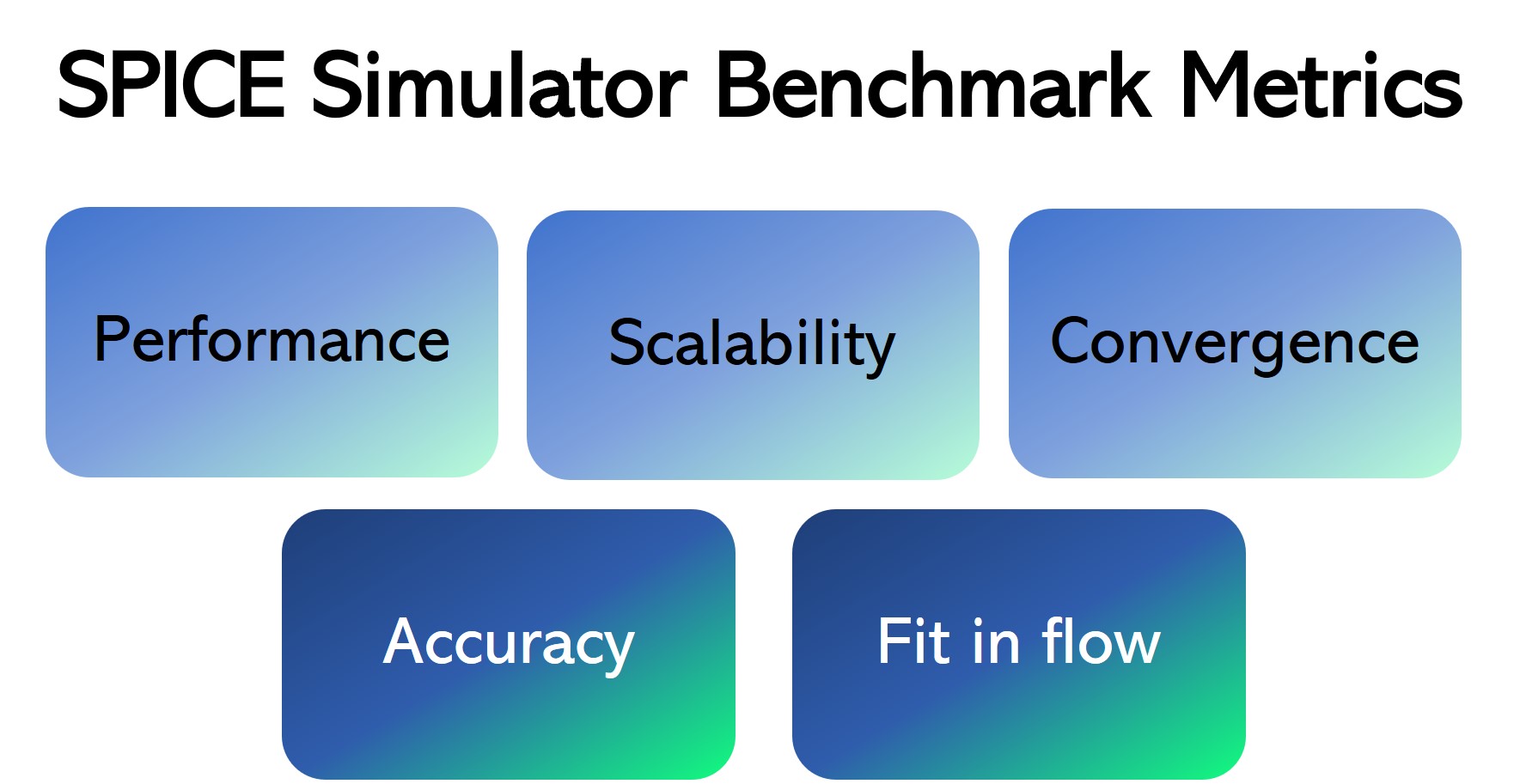SPICE Simulator Product Reviews & Metrics
What are SPICE Simulators?
SPICE simulators are widely used in the design and analysis of electronic circuits; they enable designers to model and analyze the behavior of integrated circuits (ICs) and other electronic systems under various operating conditions to ensure that they meet the desired performance and functional requirements.
SPICE simulators can be used to test the performance and functionality of an IC design at different stages of the design process, from the early stages of conceptualization to the final stages of optimization and verification. They can also be used to optimize the design for specific performance characteristics, such as power consumption, speed, and signal integrity.
The simulators work by creating a mathematical model of the IC design, including the component values and interconnections. The model is then used to predict the behavior of the IC under different operating conditions, such as different voltage and current levels, temperature variations, and noise. The results of the simulation can be used to evaluate the performance of the IC and identify potential issues that may need to be addressed.
SPICE Simulator Product Reviews
Below are user reviews for commercial SPICE simulators, including multiple reviews with comparative benchmarks. The dates are based on the year the reviews were published.
The products discussed include Cadence Spectre APS & Spectre X, Mentor AFS & AFS-XT, Synopsys FastSPICE & PrimeSim, Empyrean ALPS & ALPS-GPU
SPICE Simulation – Metrics
The primary metrics that the system and semiconductor verification engineers referenced when reviewing the SPICE simulators are listed below.
Metrics covered:
- Performance
- Performance scaling with design size and/or multiple CPUs
- Accuracy
- Convergence
- Fit in the design flow (e.g. Cadence Virtuoso ADE)

